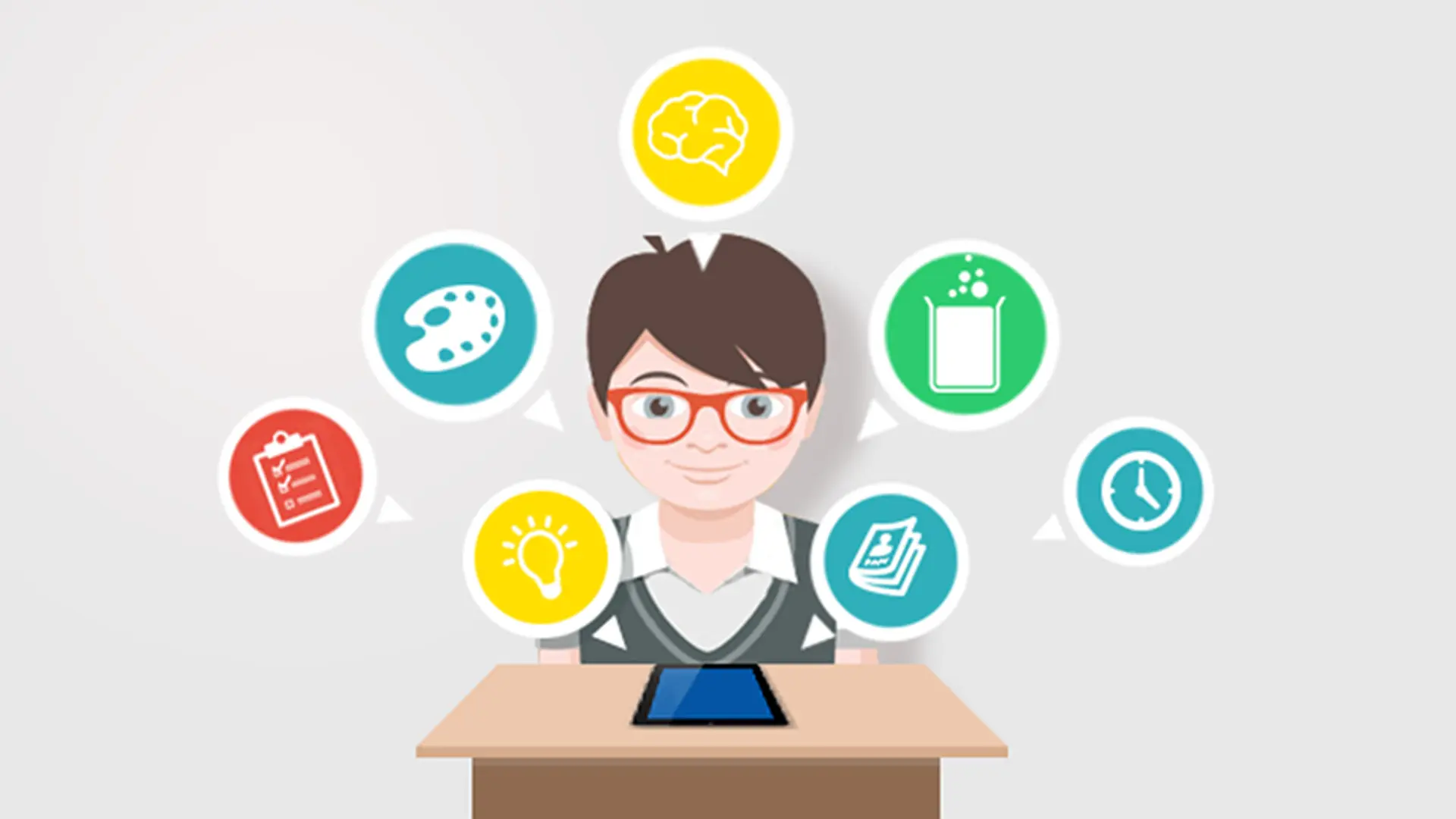

Emerging trends in K-12 publishing industry
The landscape of K-12 publishing has undergone an overhaul in recent years. Many emerging digital learning formats, like interactive games, learning management systems, hands-on learning methodologies have been sweeping the landscape with the promise of improving learning experience and outcome. They also present a challenge to the traditional publishing ways. Though the fear that market for books will be taken over by e-books is unfounded, it is worth taking note of the new trends.

The offerings of traditional publishers
Once, the textbook was the only connection between the teacher and students. And looking back, we often wonder with concern over the fact that textbooks were also the only source of information, reference and learning for both teachers and students.
We have come a long way from there. Even the traditional publishers have tried to widen their range of offerings. However, it is still limited. Traditional publishers provide textbooks which come accompanied with sample questions at the end of each chapter. They provide a generic teacher manual and provide erratic teacher training programs to help teachers use the textbook. Occasionally, the textbooks also provide lab plans. In the past, big publishers had protected themselves against competition by establishing stable relationships with authors, distribution channels. However, changing consumer need and behaviour coupled with technological advancement, has propelled a shift in the publishing industry.
The vast gap
In the education sector, personalised learning is a buzzword now. Unfortunately, the traditional players have not been able to do contribute their bit in this regard. They are still following the one-size-fits all model. The sample questions are directed to all learners, without taking into consideration their varied needs. Thus, a smart and a not-so-smart learner are subjected to the same kind of questions though their learning paces and ways are different. Further, though they provide e-books, it is just an e-version of the book with no interactive technologies integrated with it.
New-age publishers fill the gap
The inroads of technology in the education sector has brought forth a host of education solutions providers who offer practical tools, like hands-on activity kits that supplement core classroom teaching, along with educational software. Thus, they are able to meet the expectations of students who expect high-quality, up-to-date content in multimedia format.
A. Hands on activity & labs
An extension of hands-on activity, practical classes provide students with an opportunity to apply the concepts learnt in class. Contrary to the traditional providers, the new players are doing extensive research to provide solutions that aim to build higher-order thinking skills, technological fluency and collaboration in students.
B. Interactive content
If the textbooks are just being provided in e-versions, it loses the very purpose of resorting to digital modes for learning. The new players have adopted the use of Augmented Reality (AR) and Virtual Reality (VR) to present the educational content with the purpose of making it engaging. It makes learning more effective as it is able to grasp students attention span better.
C. Teacher’s Guide
Most of the teachers of today did not have a digital education, however, they are expected to use digital tools without receiving proper hands-on training. The new-age publishers understand the gap better, and thus provide refresher trainings to them at regular intervals. Further, teacher manuals provide a suggested teaching plan to teachers to help them plan their lessons. This leaves them with enough time to provide personalised attention to students.
D. Adaptive learning
Adaptive learning is an educational technology that responds to students’ interactions in real time. Based on a student’s response to a particular question, tools provide relevant hints, corrective feedback and resources. Further, adaptive assessments prevent a smart student from getting bored with easy questions and a not-so-smart question getting discouraged with tough questions. A mid-level question is presented to students. If they answer it correctly, the difficulty level of subsequent question is raised and if they give an incorrect answer, the difficulty bar is lowered.
While the adoption of adaptive learning is still at its nascent stage, it is expected to gain in popularity soon. With these offerings in place, new players are slowly but steadily throwing the traditional ones out of market. The traditional publishers have tried to compensate their declining sales by adopting strategies like providing supplementary homework workbooks. However, similar to the sample papers, these assessments don’t aim to improve learning outcomes. Unlike the traditional publishers, the new players are relying on research and innovation alone to build their products and sell.






